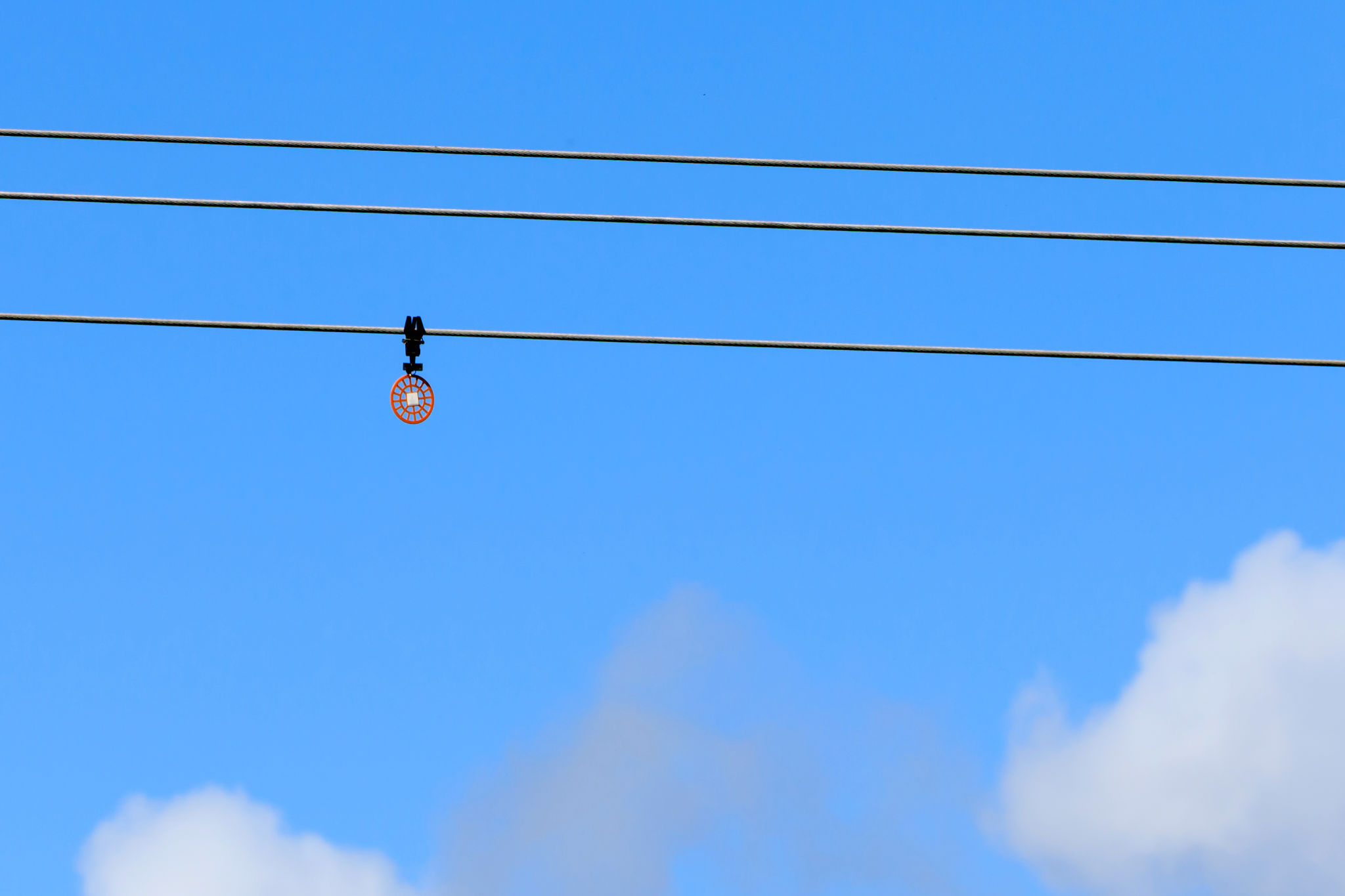Case Study: Successful Implementation of Bird Flight Diverters in Utility Projects
Introduction to Bird Flight Diverters
Bird flight diverters are a crucial innovation in the realm of utility projects, especially when considering the safety of avian species. These devices are designed to make power lines and other utility structures more visible to birds, reducing the risk of collision and subsequent injury or death.
The implementation of bird flight diverters in utility projects has gained momentum due to increasing awareness of environmental conservation. As utility companies strive to minimize their ecological footprint, these diverters play a pivotal role in protecting bird populations.

Case Study Overview
This case study examines a successful implementation of bird flight diverters in a major utility project. The focus is on the methods used, the results achieved, and the broader implications for environmental conservation and utility management.
The project took place in a region known for its rich biodiversity and significant bird migration paths. Recognizing the potential impact on local wildlife, the utility company proactively installed bird flight diverters as part of their infrastructure development plan.
Implementation Strategy
The strategy involved a comprehensive assessment of high-risk areas where bird collisions were most likely to occur. The team collaborated with wildlife experts to identify critical zones and determine the most effective placement of diverters.
- High-visibility markers were chosen for optimal bird detection.
- Installation was timed to avoid peak migration periods.
- Regular maintenance schedules were established to ensure long-term effectiveness.

Results and Impact
The implementation of bird flight diverters led to a significant reduction in bird collisions. Monitoring data showed a decrease in incidents by over 60% within the first year. This success demonstrated the effectiveness of proactive measures in biodiversity conservation.
The project not only helped protect local wildlife but also enhanced the reputation of the utility company as an environmentally responsible organization. Positive community feedback further validated the efforts made towards sustainable practices.
Broader Implications
This case study highlights the potential for widespread adoption of bird flight diverters across similar utility projects globally. By prioritizing wildlife safety, companies can contribute to ecological conservation while maintaining operational efficiency.
- Increased awareness and education about avian safety in infrastructure development.
- Potential for policy changes encouraging or mandating such implementations.
- Enhanced collaboration between utility companies and environmental organizations.

Conclusion
The successful implementation of bird flight diverters in this utility project serves as an exemplary model for others in the industry. As environmental concerns continue to rise, integrating such solutions into infrastructure planning is not just beneficial but necessary for sustainable development.
Moving forward, it is crucial for utility companies to adopt innovative measures that balance technological advancement with ecological responsibility. Bird flight diverters are a testament to how thoughtful design can create harmonious coexistence between human progress and nature.